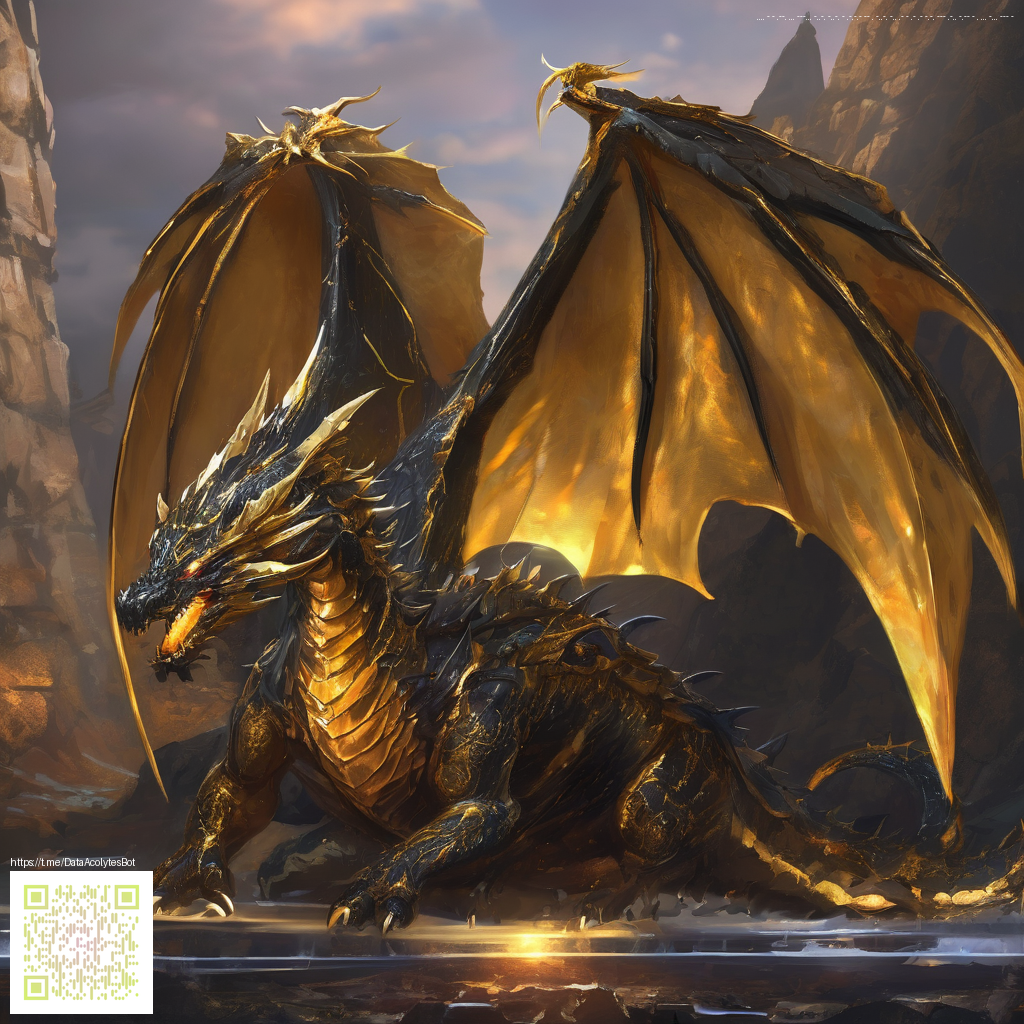Unraveling a Mysterious Skull: Denisovan or Something Else?
A skull reported from China with headlines claiming it could be “million years old” has stirred a careful, often stubborn debate in paleoanthropology. When journalists latch onto sensational timeframes, scientists respond with measured caution: dating context, site integrity, and, whenever possible, genetic data all matter. A single skull—no matter how striking its features—rarely settles a long-running question about where Denisovans fit on the human family tree. The reality is that the story hinges on a combination of dating, morphology, and, ideally, DNA recovered from the specimen or the surrounding matrix.
Who were the Denisovans, and what would make another skull resemble them?
Denisovans are known primarily from traces left in a Siberian cave’s sediment and a handful of bones whose DNA reveals a distinct lineage. They coexist, in a sense, with early modern humans and Neanderthals, and evidence of their genetic contribution appears in some modern populations across Asia and Oceania. But the fossil record for Denisovans is fragmentary compared to Homo erectus or Neanderthals, which means researchers must rely on a combination of indirect clues when a new skull surfaces from Asia. Morphology alone—features of the cranial vault, brow ridges, or teeth—can be ambiguous. In many cases, scientists use a multi-pronged approach: compare the cranium to known Denosivan and non-Denisovan specimens, assess dental enamel and wear, and, if possible, extract DNA to anchor the find in a phylogenetic position.
“A robust inference about ancient ancestry rests on converging lines of evidence. Morphology alone can mislead us, especially in Asia where multiple lineages intersect and intermarried over time.”
So when a Chinese skull is proposed as Denisovan—or something else entirely—the discussion shifts from easy labels to the deeper question: what do we know about population structure in East Asia during the period in question? Some researchers suggest that East Asia may harbor a mosaic of archaic lineages, while others propose a still-unknown branch that shares traits with known Denisovans but isn’t identical. In either case, the finding, to be persuasive, must pass a test of dating accuracy, stratigraphic clarity, and, ideally, genetic corroboration.
Dating, context, and the trouble with “million-year” headlines
Dating ancient remains is a puzzle with many pieces. If a skull is claimed to be millions of years old, the surrounding geology, sedimentation rates, and associated fauna all come under scrutiny. In practice, scientists rely on a blend of radiometric methods, sediment dating, and occasionally magnetostratigraphy to build a reliable age. In East Asia, where deposits can be dynamic and tephra layers may complicate interpretation, dating becomes the gatekeeper between possibility and confidence. Without a solid timeline, the identity of a skull as Denisovan remains speculative, regardless of how compelling its features might appear.
For readers who want to explore how researchers tackle these uncertainties, the discussion around the Chinese skull highlights a core principle: cross-disciplinary verification. Fieldwork notes, lab assays, and independent re-datings often reveal that initial impressions shift as new methods become available. This is not a flaw in science; it’s the method by which a population’s true history emerges from the noise of geological time.
What we should look for next
- Genetic data — a Denisovan genome or partial DNA from the specimen would be compelling, as it ties the fossil to a known lineage in the tree of humanity.
- Stratigraphic integrity — clear, well-documented context that constrains age and reduces contamination risk.
- Comparative anatomy — careful, peer-reviewed comparisons with Homo erectus, Neanderthals, and other East Asian fossils to assess unique versus shared traits.
- Dating triangulation — multiple, independent dating results that converge on a coherent timeline.
As researchers pursue these avenues, the broader implication becomes clear: East Asia may hold a more complex tapestry of archaic populations than previously imagined. The presence of a Denisovan-like signal in some East Asian genomes would not only revise timelines but also reshape how we understand dispersal routes and interbreeding among ancient groups.
On the practical side of things, field and lab work often require reliable tools and dependable gear. For researchers who want to keep their devices safe during long digs and museum visits, the Neon Slim Phone Case for iPhone 16 — with a glossy Lexan finish — can be a handy companion (product page: https://shopify.digital-vault.xyz/products/neon-slim-phone-case-for-iphone-16-glossy-lexan-finish). It’s a small reminder that even as theories about human origins evolve, everyday reliability matters.
For readers who want to dive deeper into related discussions and perspectives, a related discussion can be found on this page: https://010-vault.zero-static.xyz/75c3a168.html. It’s a helpful reference point for weighing how new finds accumulate evidence over time and how the scientific community builds consensus from diverse data streams.
